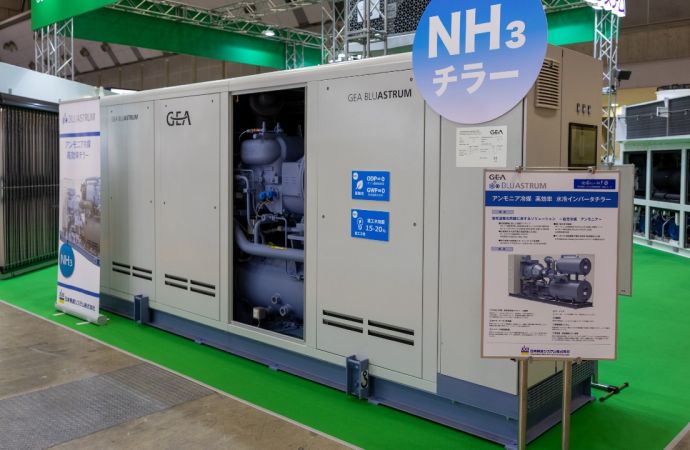Increasing competition and rising constructions costs are other factors, said Frabelle, a Philippines-based cold-storage operator during ATMOsphere Asia 2019.

Willy Salazar, Frabelle at ATMOsphere Asia 2019 in Bangkok.
In the Philippines' cold-storage sector, operators are seeking out new, energy-efficient refrigeration technology such as low-charge ammonia/CO2 secondary systems, according to an ATMOsphere Asia presentation by Frabelle, a large Philippines-based cold-storage operator.
Willy Salazar, Senior Vice President responsible for cold storage chain and power generation at Frabelle, outlined a number of statistics illustrating why interest in ammonia/CO2 technology has been increasing during his presentation at the ATMOsphere Asia 2019 conference held in Bangkok, Thailand on September 25.
While globally, safety is often the number one factor driving cold storage operators towards adoption of low-charge ammonia systems, this is not the case in the Philippines, according to Salazar.
With electricity costs in the Philippines among the highest in Asia, energy efficiency is the main driver for cold-storage operators looking into adopting new refrigeration technology such as ammonia/CO2 systems. Among 11 countries in Asia, Philippines has the second highest electricity costs, explained Salazar.
While the average storage service rate in the Philippines has remained at the same level for the past 20 years (around US$1.50 per pallet per day), Salazar said, electricity costs have continued to rise. "On average, around 24% of net service income goes to electricity expense," he said.
In addition to electricity costs, construction costs have been increasing. On average, construction costs have risen to around US$1,200 per pallet position in 2019 from around US$800 in 2010, Salazar showed.
- For more on this presentation, check out the Nov/Dec issue of Accelerate Magazine, available at http://accelerate24.news/magazines on November 19.
Related stories



